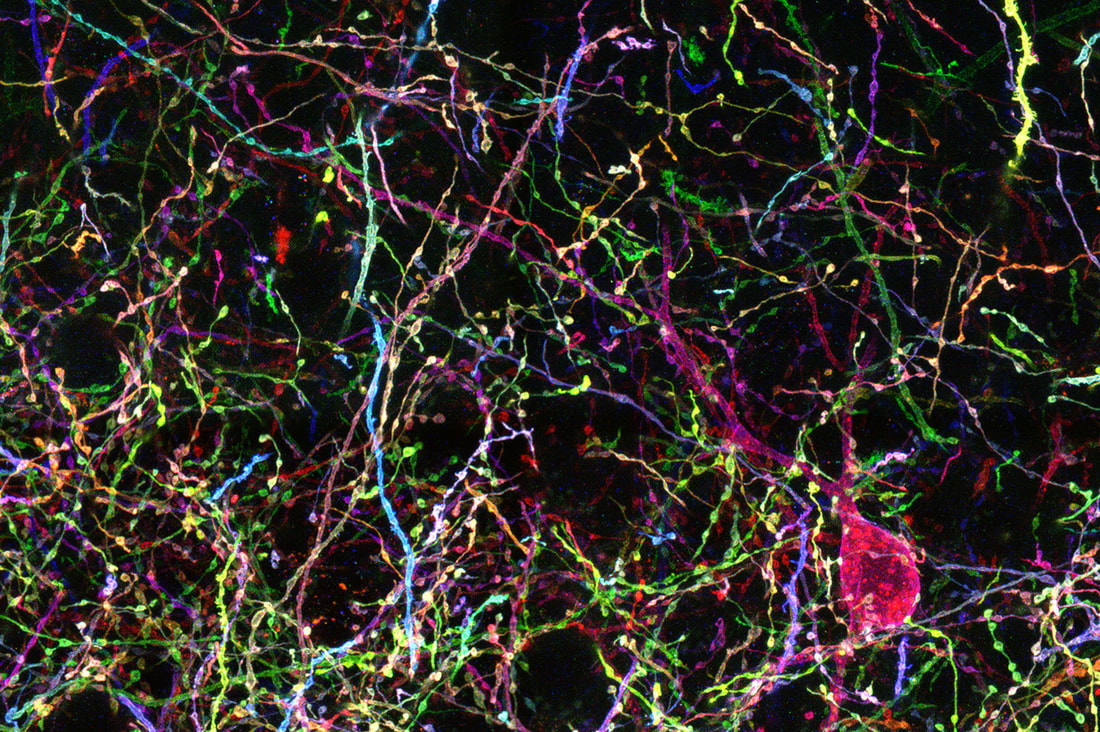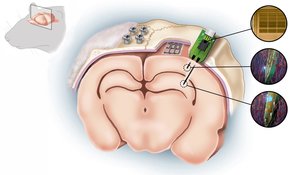|
Prof. Yoon gave a talk titled "Biointerface Technologies: Where Engineering Meets Science and Medicine" at the yearly LNF User Symposium. The recording of the talk is now available on YouTube.
Link: news.engin.umich.edu/2017/12/2017-lnf-user-symposium-keynote/
A new NSF Tech Hub will put tools to rapidly advance our understanding of the brain into the hands of neuroscientists.
Read more at: https://news.engin.umich.edu/2017/08/7-75m-for-mapping-circuits-in-the-brain/ http://eecs.umich.edu/eecs/about/articles/2017/7-75m-for-mapping-circuits-in-the-brain.html
Yu-Chih's new paper, titled "Selective Photo-Mechanical Detachment and Retrieval of Divided Sister Cells from Enclosed Microfluidics for Downstream Analysis" was published in ACS Nano. Congratulations!
Read more at: http://eecs.umich.edu/eecs/about/articles/2017/sister-cell-profiling-aims-to-shut-down-cancer-metastasis.html https://news.engin.umich.edu/2017/05/sister-cell-profiling/ http://www.futurity.org/sister-cells-cancer-1429302-2/ https://phys.org/news/2017-05-sister-cell-profiling-aims-cancer.html The title of Komal's thesis is "Implantable Low-Noise Fiberless Optoelectrodes for Optogenetic Control of Distinct Neural Populations."
(NPG Editor's introduction)
Neuroscience: Cutting-edge microsystems advance brain research Understanding even the most basic brain functions will require considerable advances in the MEMS-based tools that are used in brain research. Sensors that are capable of monitoring single neurons or mapping the complex neural networks responsible for faculties such as memory or learning will be crucial for furthering our knowledge. As the human brain contains around 85 million neurons and 100 trillion synapses, the challenge is enormous. John Seymour and Euisik Yoon and colleagues at the University of Michigan, United States, review the state of the art in microsystem devices that are used to record and stimulate the brain. They highlight innovations in multimodal sensor arrays and illustrate the need for further innovation in packaging and microsystems to match the scale of the neuronal circuits under study. Ultimately the teamwork between neurotechnologists and neuroscientists will lead to critical breakthroughs in brain research over the next decade. |
CategoriesArchives
February 2023
|



